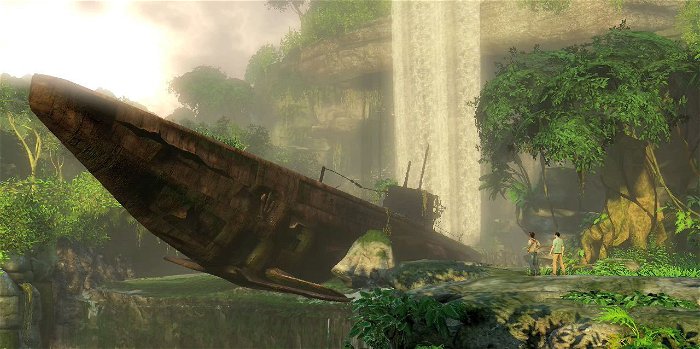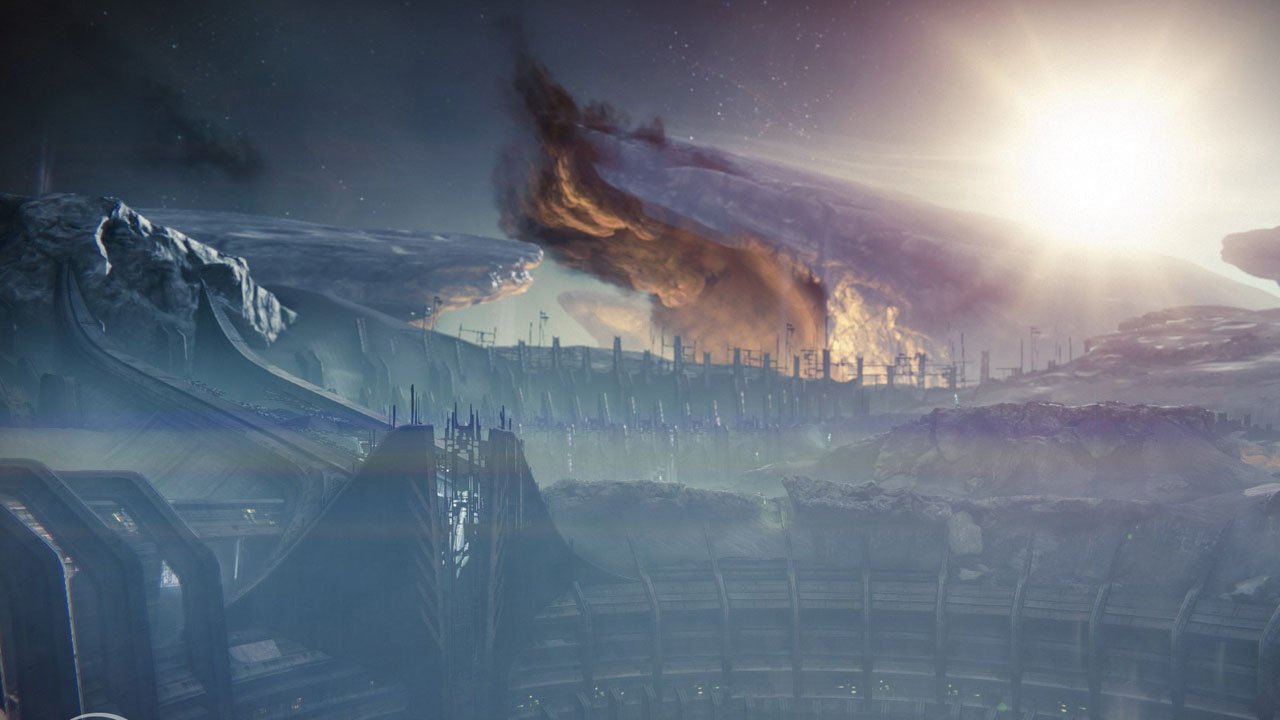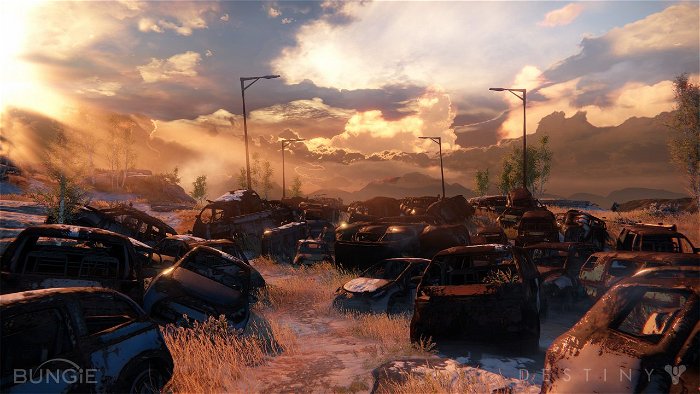I think everyone wants to believe they’re immune to the lure of good-looking graphics. As the medium has matured, so too has the discussion about what constitutes a worthwhile title. We want to talk about the merits of gameplay systems, narrative, and character work, not polycounts and shaders. Focusing on whether or not a game is visually impressive seems like a regression to a lot of people for this reason—a superficial detour away from what really matters. For the most part I agree with this. I’ve loved many games that don’t look so hot and I’ve never been one to knock a title for having primitive graphics if it’s otherwise well designed. Just the same, while playing Bungie’s Destiny—marvelling at the life-like quality of its lunar ridges and Martian hills—I started to think that it’s a game that has won me over (at least partially) on the strength of its visuals.
Destiny has had a lukewarm critical reception in general, but I’ve been having a better time with it than I expected to. I understand the complaints about its poor mission structure (every outing seems to boil down to heading to an objective marker and deploying the robot companion) and heavy re-use of environments. Yet I have a lot of fun simply inhabiting Destiny’s science-fiction universe, blasting away at enemies, upgrading my character, and hover-biking over its extraterrestrial vistas. A large part of my enjoyment, I think, is due to the tight gunplay and wide-open battlefields—I’ve always been a sucker for a good shooter—but the gorgeous graphics certainly help pull me in further than I ever thought they would.
“Even if I groan when a new mission plays out almost identically to the last two or three I’ve completed, I’m still excited to spend more time appreciating the look of the areas they take place in.”
Plenty of games have given players a chance to explore distant planets and moons, but none to date have done it quite as well as Destiny. The decaying cities and tropical foliage of Venus; the chilly grey expanse of Earth’s moon; the otherworldly qualities of Mars’ dusty red valleys—all of these locations are both aesthetically distinctive and beautifully realized. I’ve often found myself taking a break from the shooting just to pan the game’s camera around whichever landscape my character is currently exploring, soaking in the details of Destiny’s extraordinarily rendered world. Even if I groan when a new mission plays out almost identically to the last two or three I’ve completed, I’m still excited to spend more time appreciating the look of the areas in which they take place.
It isn’t that often that graphical quality compensates for otherwise pedestrian gameplay, but, thinking back, it’s certainly happened to me before. Overlooking the days when the fully 3D world of Super Mario 64 encouraged a younger me to save up every last cent I came across to buy a Nintendo 64, recent years have seen a handful of games come out where good looks were responsible for sustaining my interest. For instance: I love Naughty Dog’s Uncharted series, but when I return to the first game in the trilogy—Drake’s Fortune—I often wonder what it was about the experience I found captivating enough to return to again and again.
Encountering the Uncharted series’ excellent dialogue and well-written characters for the first time was definitely a big part of its draw, but it was also the sense of wonder evoked by Drake’s Fortune’s waterfalls and lush jungles that drove me to tolerate its worst gameplay moments. In the early days of the PlayStation 3, I was simply too enraptured by the appearance of the game’s gorgeous environment to ask myself if I really enjoyed its combat enough for a third or fourth replay of the campaign. (Fortunately, the second and third Uncharted titles matched great graphics with legitimately excellent shooting mechanics.)

I’ll never argue that graphics are the most important element of game design, but I will say the appeal of a technically astonishing title goes a lot further than we may typically think. Many of us enjoy other media that looks great, but otherwise disappoints. How else do you explain the success of James Cameron’s Avatar and Zack Snyder’s 300, if not for their appearance? Games don’t have to be any different. Sometimes impressive visuals can be a means unto themselves. They can demonstrate the power of current technology and help bring the strange new worlds imagined by game developers to life more effectively. Great graphics are by no means a necessary ingredient in creating a worthwhile videogame, but they sure don’t hurt in making a mediocre one more enjoyable.





